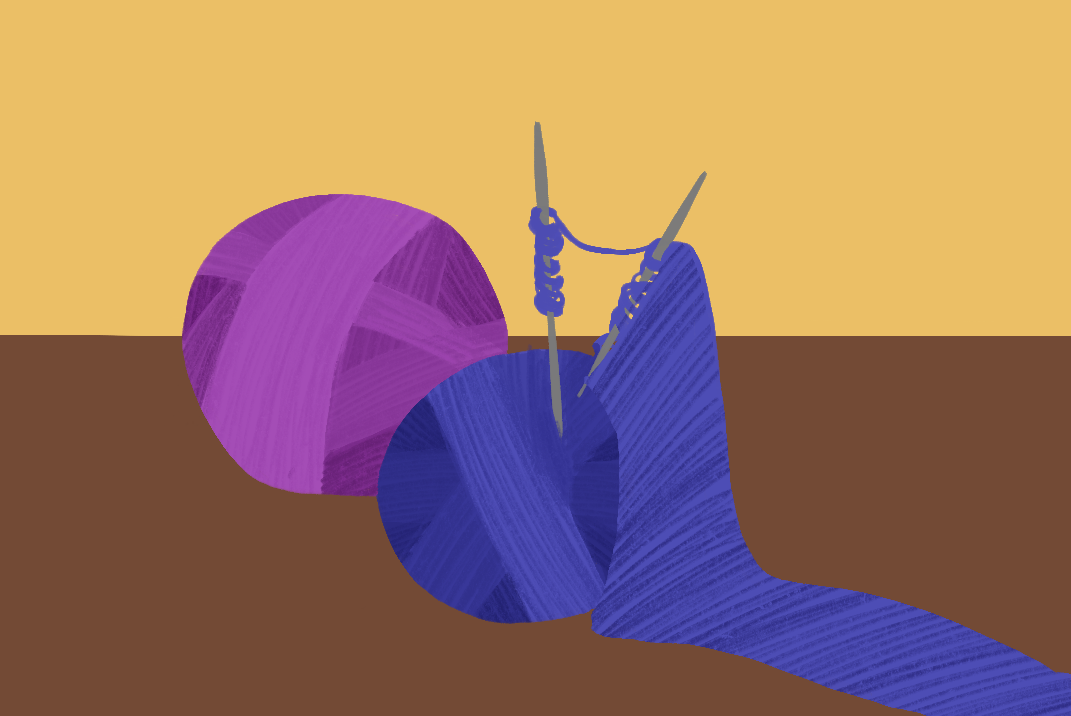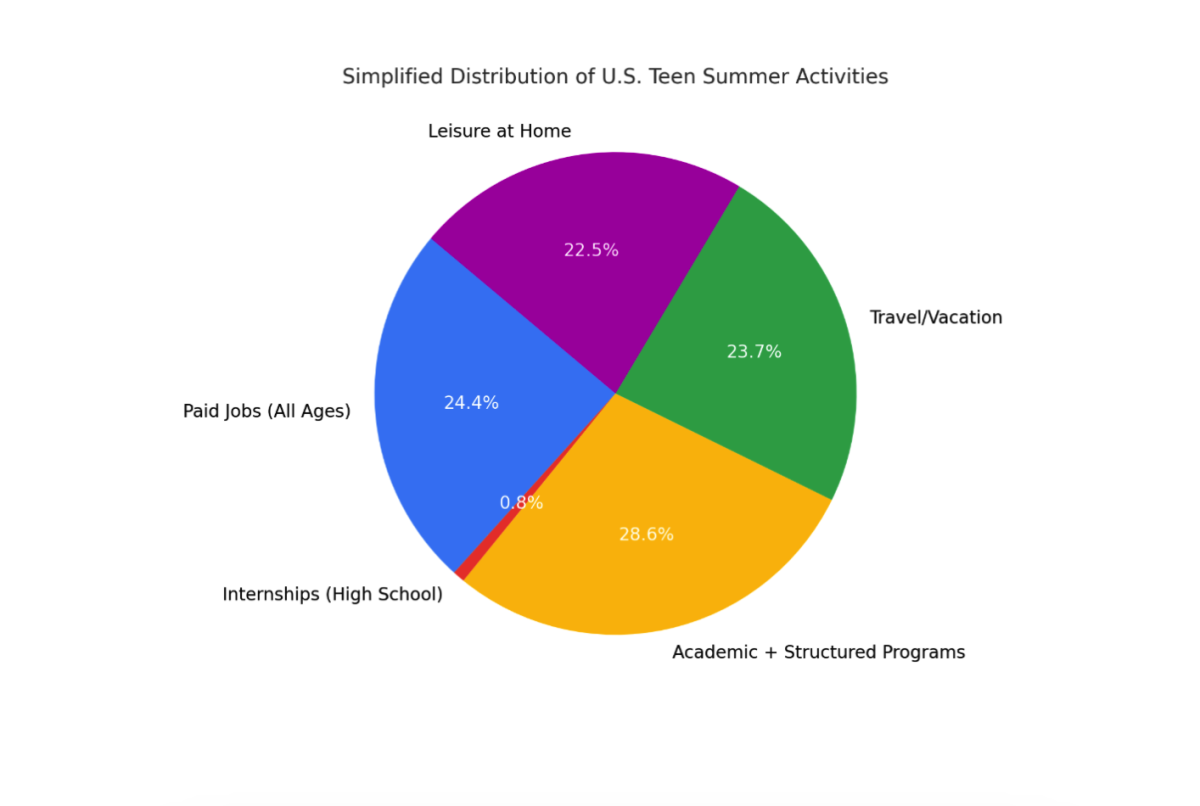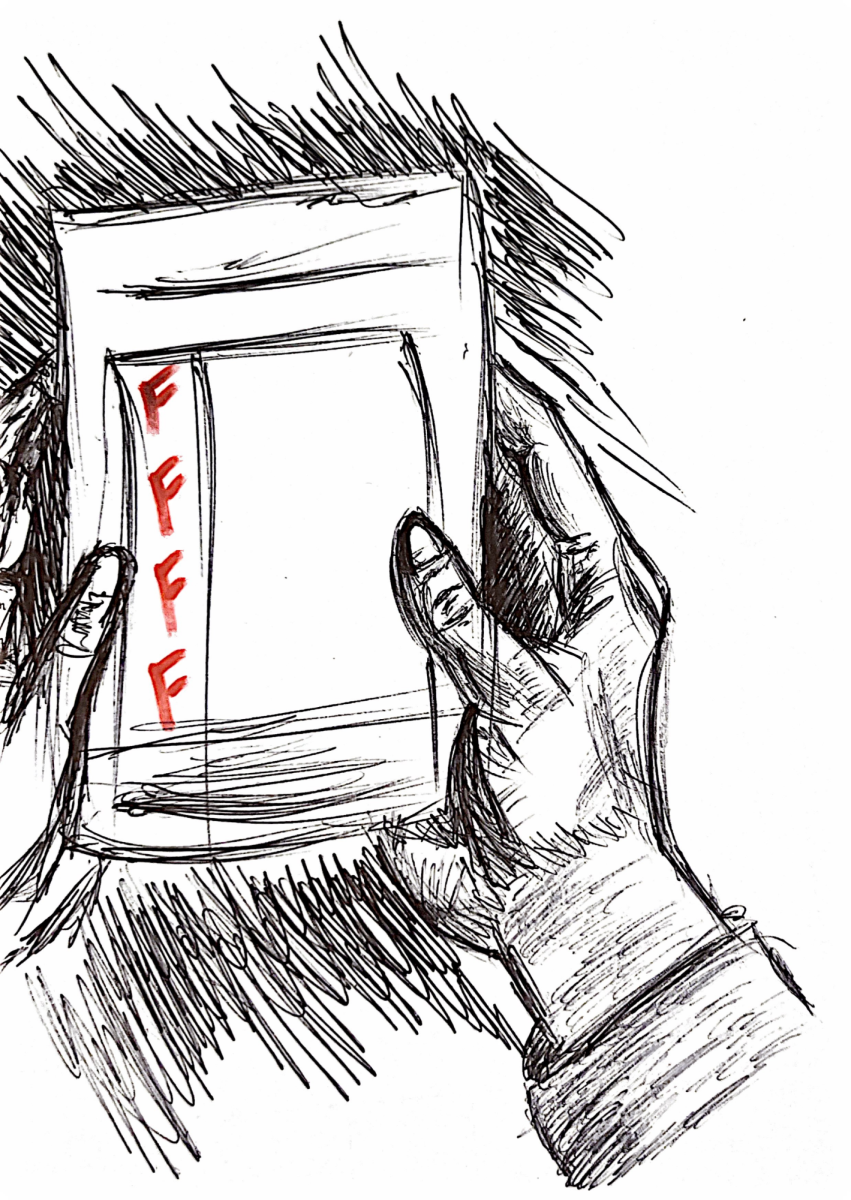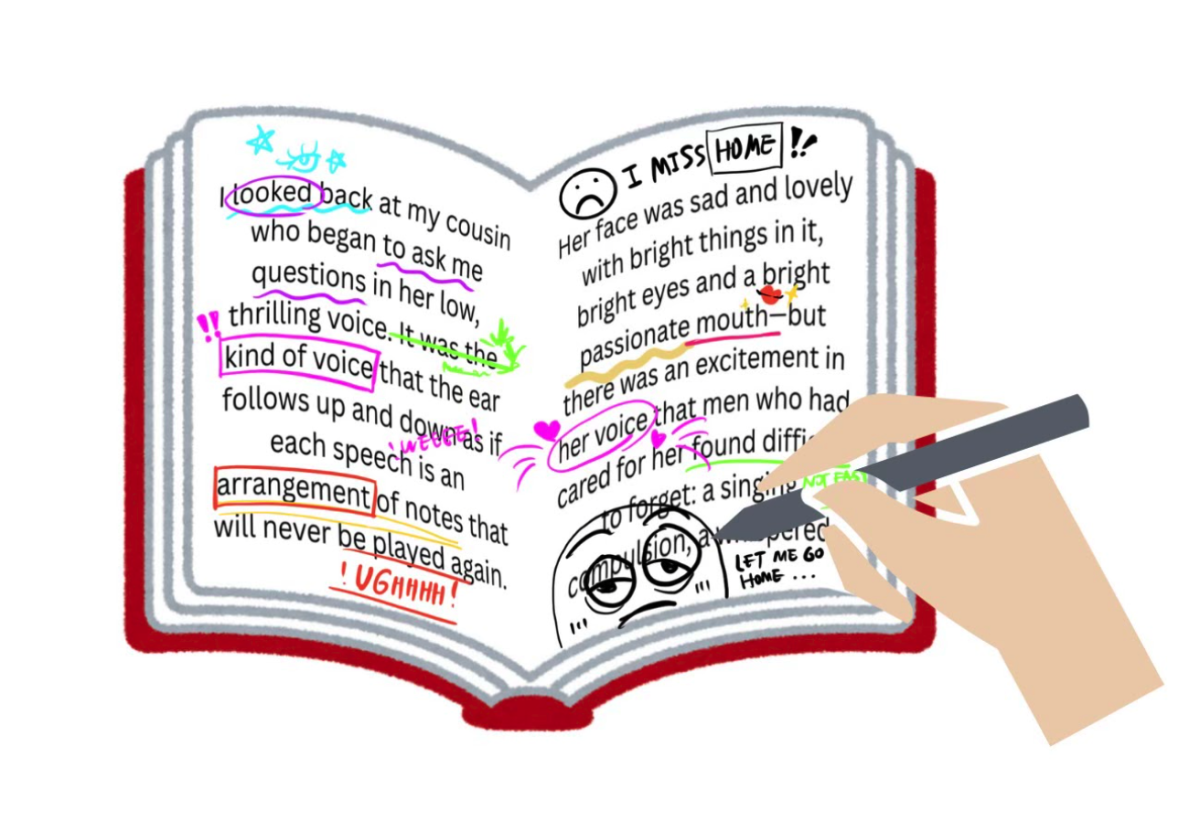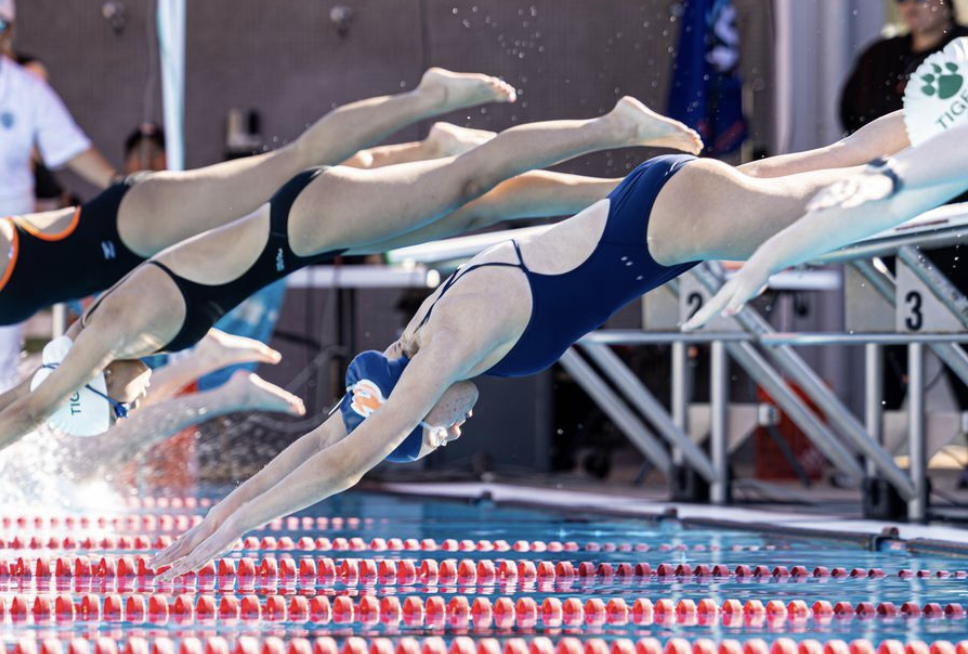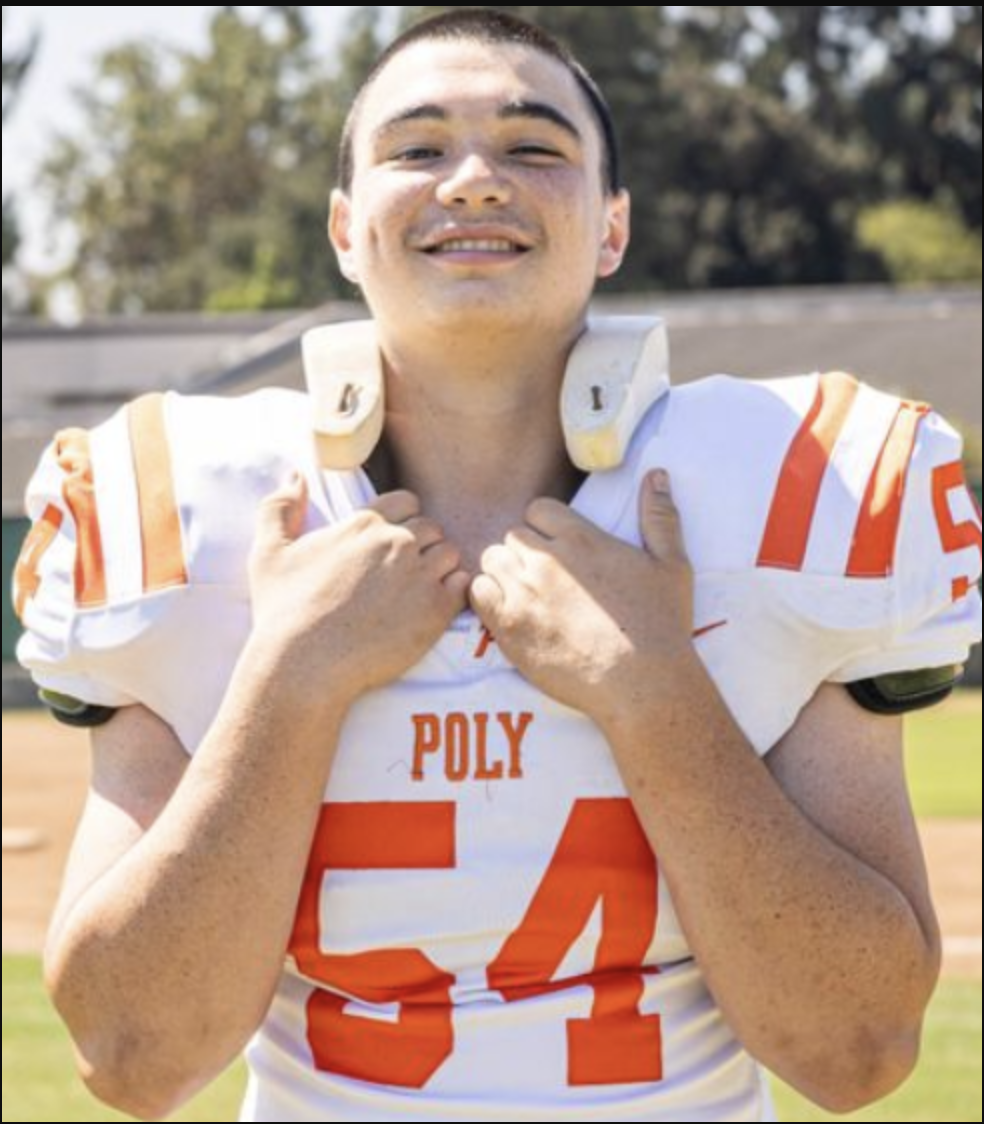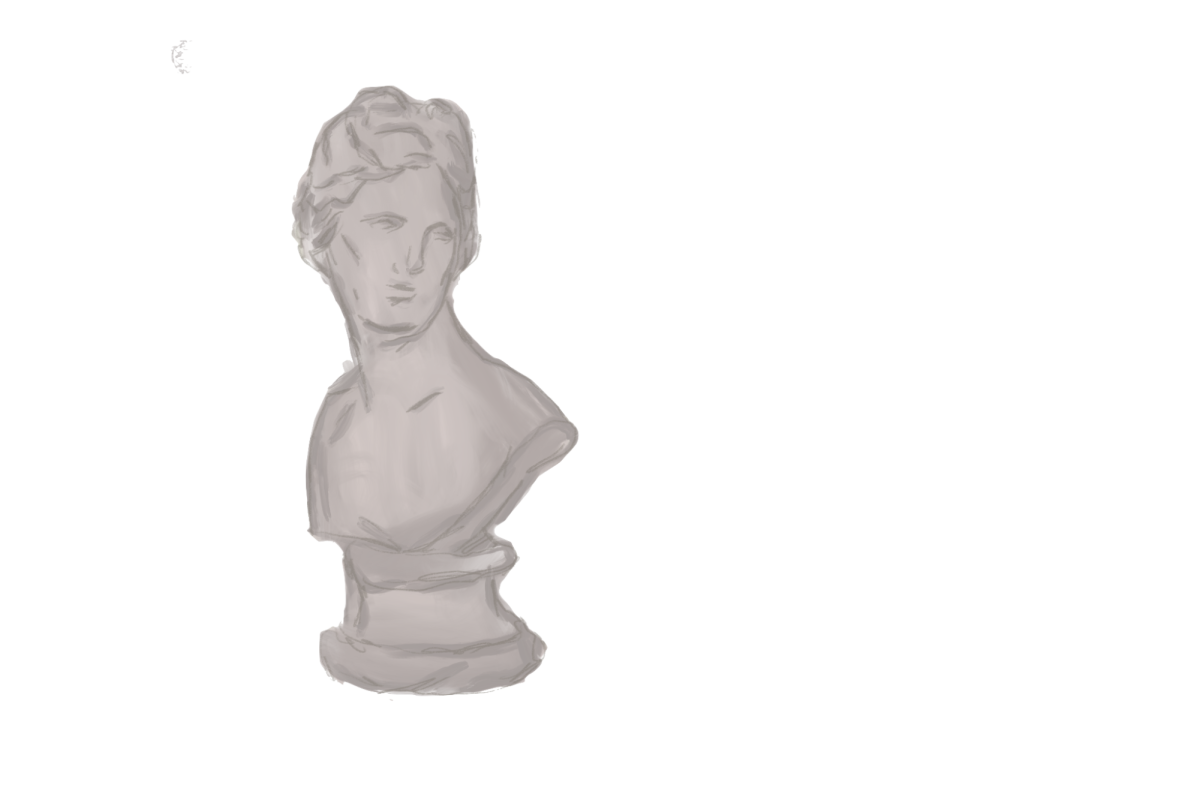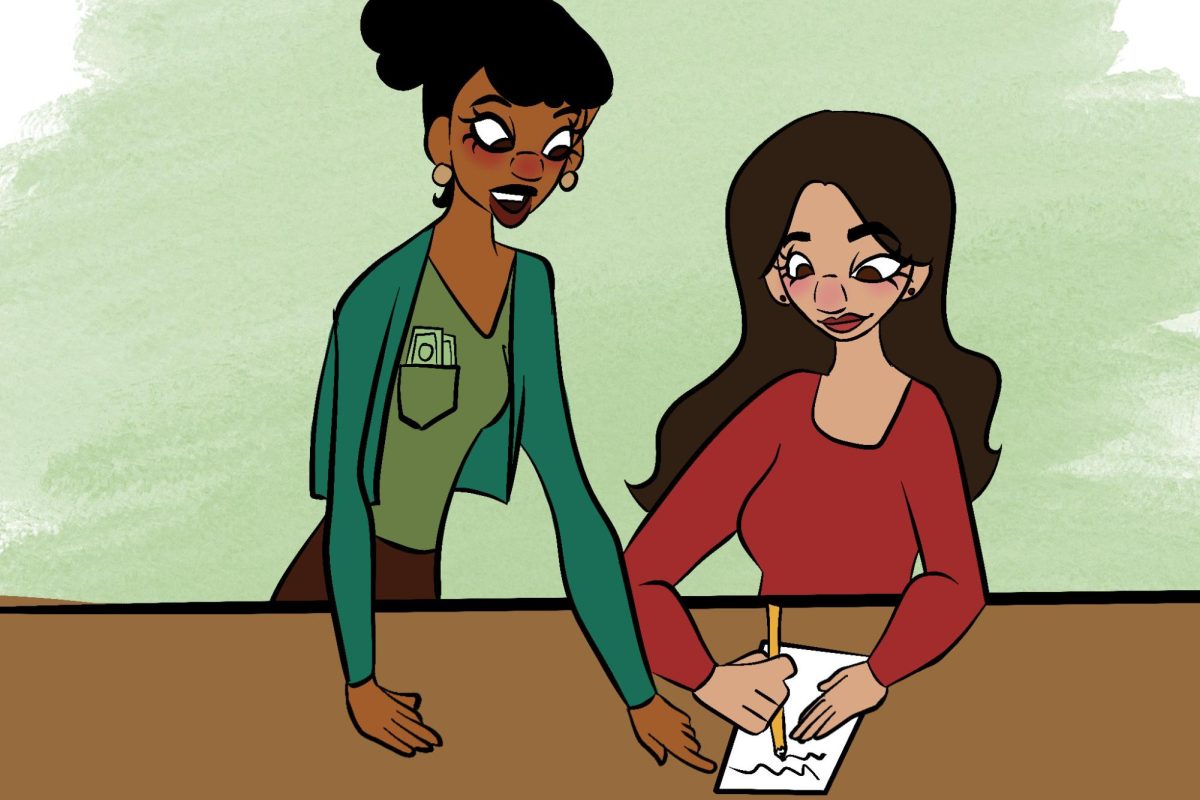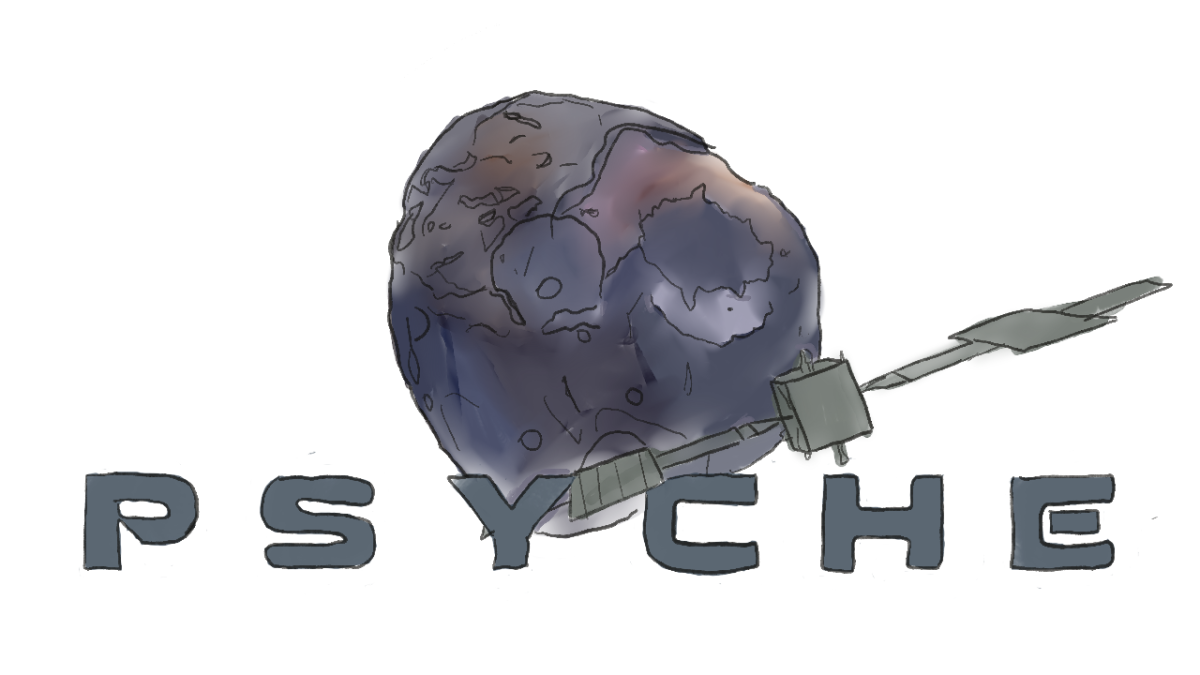NASA and Arizona State University’s Psyche mission to its namesake asteroid successfully launched on Friday, Oct. 13 from Florida’s Kennedy Space Center.
The spacecraft will travel 2.2 billion miles to reach the asteroid Psyche in 2029. Psyche is NASA’s first mission to explore a world made of mostly metal. Scientists believe that the asteroid consists mostly of metal from the core of a planetesimal, the fundamental building block of terrestrial planets such as Mars, Mercury, Venus and Earth.
Psyche could be formed by a planetesimal that was stripped of its mantle and iron core after numerous violent impacts. Since we cannot currently reach Earth’s core, studying Psyche could help us understand what elements might exist in Earth’s core and how collisions helped form it.
“Things like Psyche or other asteroids are ‘leftover’ materials from the time of Earth’s formation, and their compositions are likely to be very similar to the earth’s,” said Poly science teacher Rachel Dunham, who studied and teaches geology. “Thus far, our main evidence has been from iron-stony meteorites, mostly from Antarctica, that we’ve used to understand the early earth.”
Observing Psyche as a “mini-Earth,” according to Dunham, could unveil a deeper understanding as to what the earth may have looked like in its early years.
The exploration of Psyche has also paved the way for technological innovation. On board the spacecraft is an exciting piece of new technology: the Jet Propulsion Laboratory-developed Deep Space Optical Communications (DSOC), which will allow for communication between the spacecraft and headquarters on earth at a distance farther than the moon.
Successful use of DSOC on the Psyche mission could broaden the scope of future NASA missions. Headquarters would remain in contact with the spacecraft for longer distances, making missions to currently unexplored planets possible.








